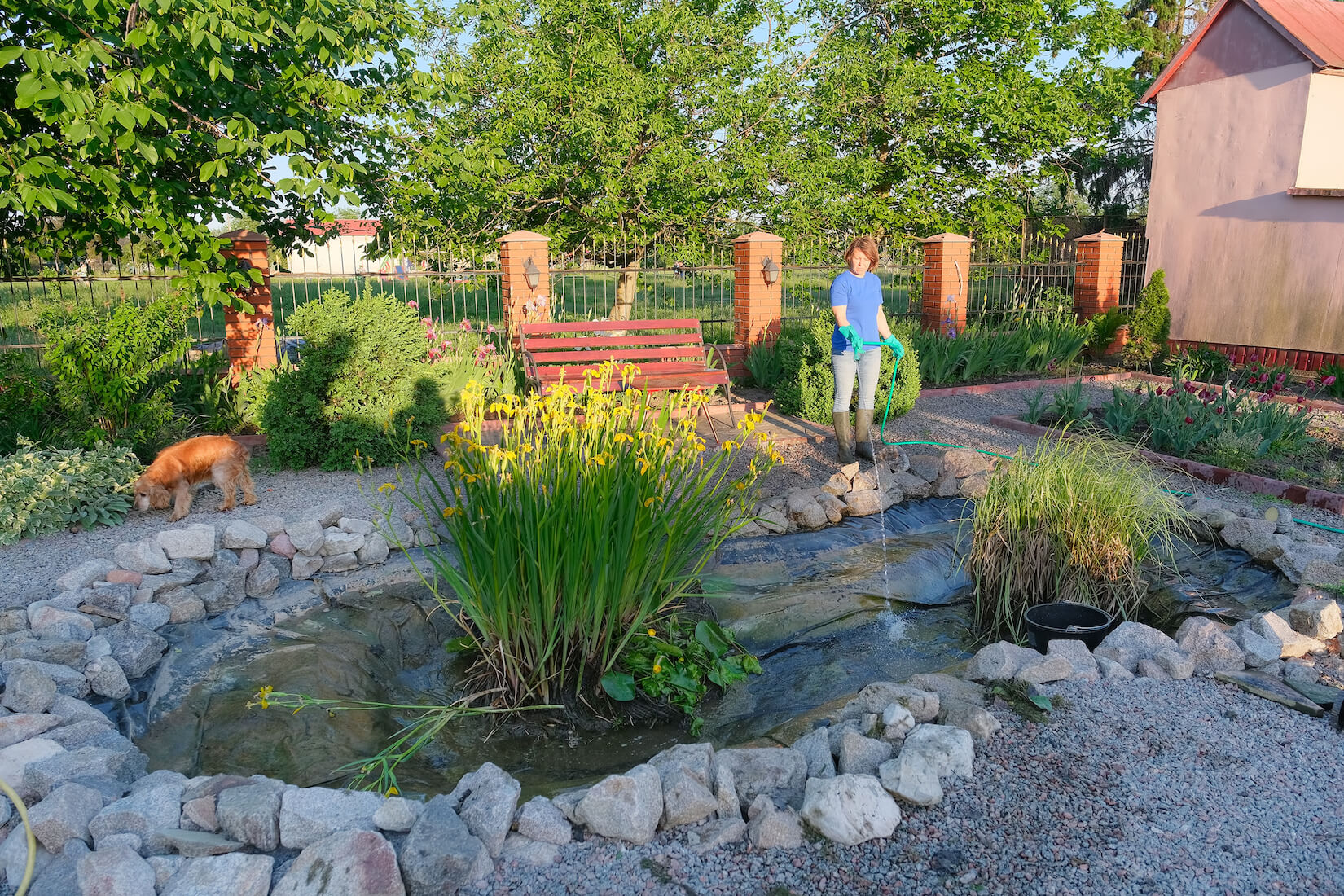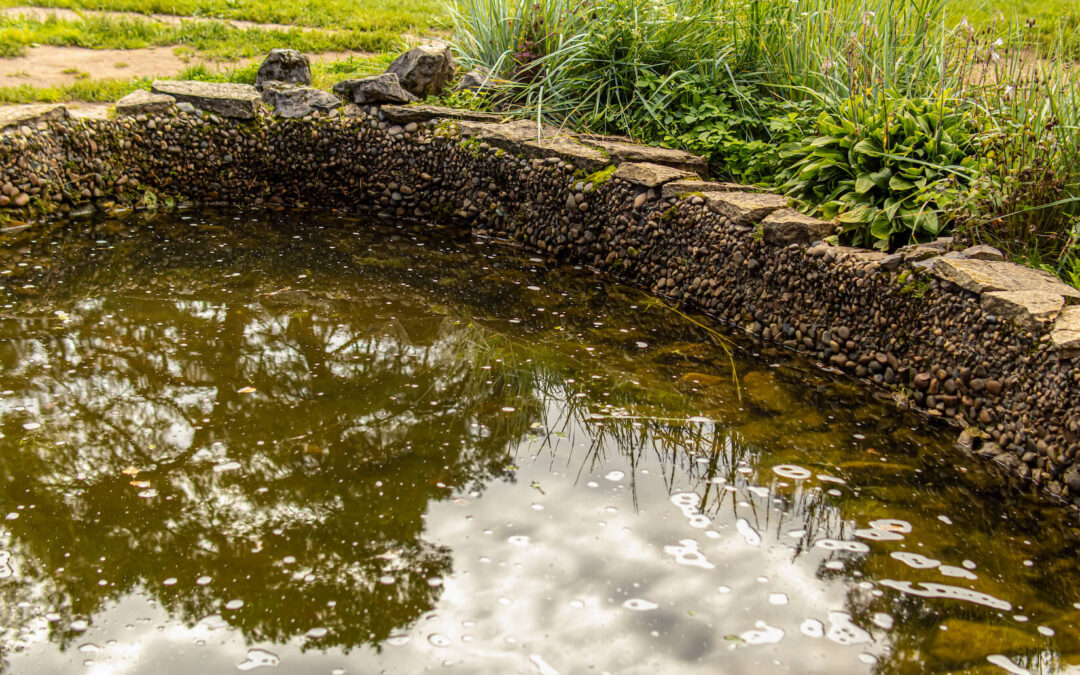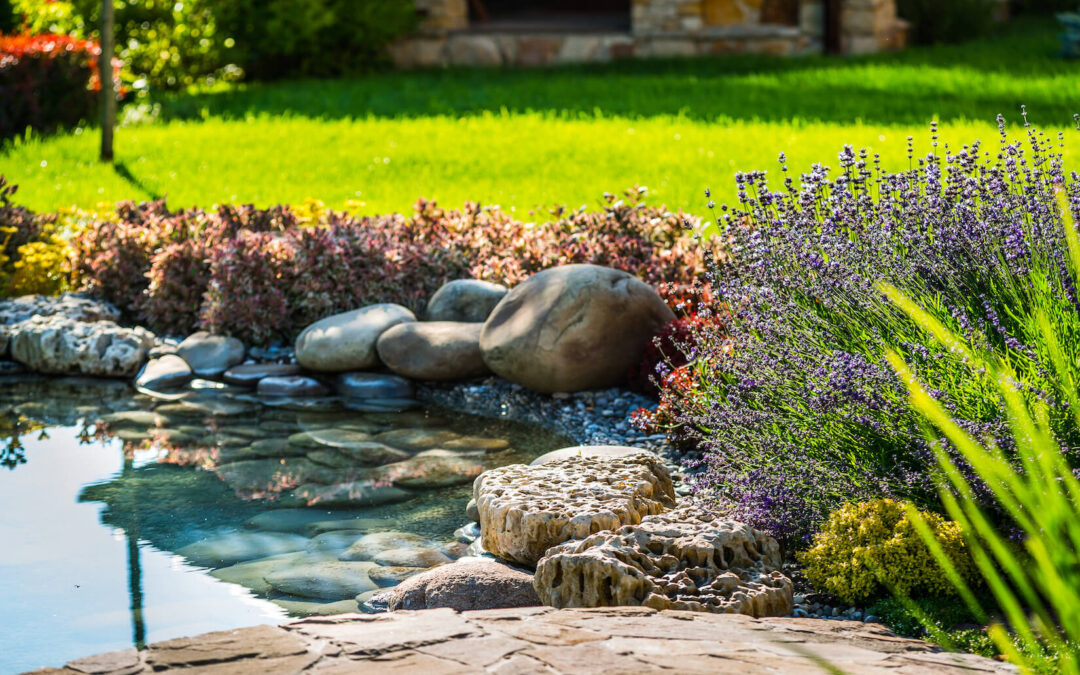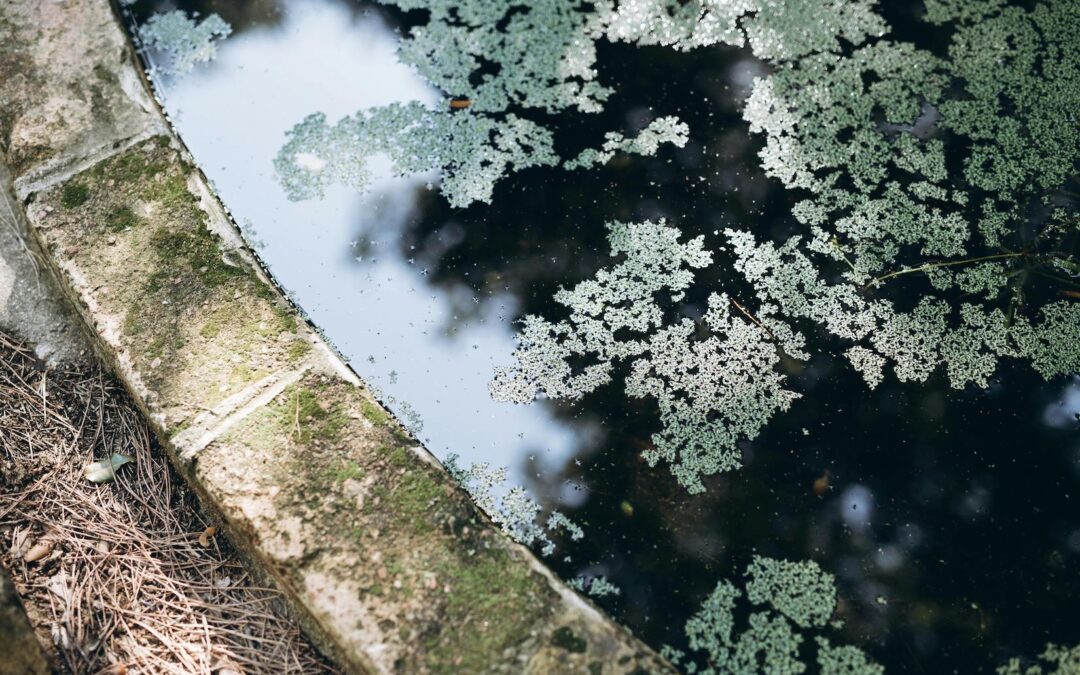A well-maintained pond can transform any residential or commercial property into a serene, eye-catching space. But even the most beautifully designed water feature needs regular care to stay healthy, clean, and functioning properly. If you’re wondering what kind of upkeep is involved, or how to avoid costly repairs, this guide breaks down exactly what maintenance a pond needs — and when.
Whether you’re a homeowner in Cherry Hills Village, managing an HOA, or simply planning ahead for a new build, here’s what you need to know about pond cleaning services, pond maintenance, and how to stay ahead of problems.
Why Pond Maintenance Matters
Ignoring pond care can lead to more than just an eyesore. Without proper upkeep, you’re likely to face:
- Algae blooms
- Murky water and unpleasant smells
- Pump and filter clogs or failure
- Mosquito infestations
- Fish and plant health issues
- Violations for HOA or city-managed retention ponds
Regular maintenance helps preserve aesthetic beauty, supports the ecosystem, and extends the life of your equipment, saving you time and money in the long term.
The Core Elements of Pond Maintenance
No matter the season, every pond needs some form of attention in the following areas:
1. Debris Removal
Leaves, grass clippings, and organic matter that fall into the pond can quickly turn into sludge. Regular removal prevents this buildup and protects your water quality.
2. Water Quality Management
Balancing pH, oxygen, and nutrient levels is key to a healthy pond. Neglect can lead to algae overgrowth, cloudy water, or harm to fish and plants.
3. Equipment Checks
Your pond’s pump, filter, aerator, and UV clarifier (if you have one) all play a role in keeping the water clean and circulating. These components need regular inspection and cleaning to perform properly.
4. Plant Care
Aquatic plants require pruning and thinning to prevent overcrowding, especially during growing seasons. The right plant balance also helps control algae naturally.
5. Sediment Control
Over time, sludge can accumulate at the bottom of your pond. Periodic cleanouts (once a year or every other year) are necessary to remove excess organic matter.
Pond Maintenance by Season
Different times of year bring different challenges. Here’s a breakdown of what to do — and when.
Spring: The Start of the Season
After winter dormancy, your pond will need a refresh to prepare for the warmer months.
Spring Checklist:
- Perform a full or partial pond cleanout
- Remove dead leaves and winter debris
- Test and balance water chemistry (pH, ammonia, nitrates)
- Inspect and restart pumps, filters, and UV systems
- Trim back aquatic plants and reintroduce beneficial bacteria
- Check for leaks, liner issues, or shifting rocks
Spring is the best time to schedule a professional cleanout, especially if your pond has fish, built-up sludge, or clogged equipment.
Summer: Keeping Things Running Smoothly
Summer is when your pond looks its best — but it’s also the time when problems like algae blooms and overheating can strike.
Summer Checklist:
- Check and clean filters weekly
- Skim the surface for leaves and floating debris
- Keep an eye on water levels (replenish if needed due to evaporation)
- Monitor fish behavior and health
- Trim plants to prevent overgrowth and oxygen depletion
- Watch for green water or excessive algae
If algae becomes a problem, you may need to add more shade, reduce feeding, or consider safe treatment options like barley extract or UV filtration.
Fall: Prepare for the Slowdown
As temperatures cool, your pond begins to slow down — but fall debris can be a major issue if not managed.
Fall Checklist:
- Skim or vacuum out leaves weekly
- Install a net over the pond if surrounded by trees
- Begin reducing fish feeding as temps drop below 50°F
- Cut back plants and remove dying foliage
- Clean filters and prepare equipment for winter
- Schedule a final checkup or light cleanout if needed
Fall is also a good time to check your drainage and overflow systems, especially for HOA and retention ponds. Preventing backups during snowmelt or rain can avoid winter damage.
Winter: Minimal Maintenance, Maximum Protection
In colder climates like Colorado, many ponds go dormant in winter, but that doesn’t mean you can ignore them entirely.
Winter Checklist:
- Disconnect and store pumps or install a floating deicer
- Stop feeding fish once ice forms or water drops below 40°F
- Keep a small opening in the ice to allow gas exchange (important for fish health)
- Monitor water levels and remove heavy snow from the edges if needed
- Avoid walking on the ice — it can damage liners and stress fish
Most importantly, don’t disturb the pond too much. Your goal is to maintain stability and protect infrastructure until spring.
How Often Should a Pond Be Cleaned?
This depends on size, type, and how the pond is used. Here are general guidelines:
- Decorative ponds: Professional cleanout 1x per year
- Fish ponds: Clean filters every 2–4 weeks, full cleanout annually
- Natural ponds: Light debris removal monthly, cleanout every 1–2 years
- HOA or retention ponds: Quarterly inspections, cleanouts as needed based on sediment load
Biolein offers custom cleaning schedules for everything from private backyards to multi-property HOA systems.
Signs Your Pond Needs Maintenance Now
Not sure if it’s time to clean your pond? Look for these red flags:
- Water has turned green, brown, or cloudy
- There’s a strong, unpleasant odor
- Algae is taking over the surface or sides
- The pump is making noise or has reduced flow
- Fish are gasping at the surface or acting erratically
- There’s visible sludge or debris buildup on the bottom
Addressing these signs early can prevent much larger problems — and save money in the long run.
Professional vs. DIY Maintenance: What’s Right for You?
Some pond owners enjoy the routine of DIY maintenance, but larger, high-end, or fish-filled ponds usually benefit from professional support.
Professional pond maintenance includes:
- Safe, fish-friendly cleaning methods
- Full system inspection (liners, pumps, plumbing)
- Eco-friendly algae and bacteria treatments
- Access to commercial-grade equipment for sludge removal
At Biolein, we tailor our maintenance services to fit your pond’s design, usage, and budget—all while protecting your landscape and water quality.
Let Biolein Keep Your Pond Beautiful and Stress-Free
Whether you’re managing an HOA pond, maintaining a backyard retreat, or restoring a neglected water feature, consistent maintenance is the key to pond health and beauty.
At Biolein, we provide year-round pond services in Denver, Cherry Hills Village, Greenwood Village, and surrounding areas. From deep cleanouts to preventative care plans, our team has the experience and tools to keep your pond running like it should — without the mess or guesswork.
Contact us today to schedule a seasonal pond inspection or get a quote for ongoing maintenance. Let us take care of the dirty work — so your pond can stay peaceful, clean, and picture-perfect.
Biolein has become a trusted partner for hydrovac excavation, environmental waste management, environmental consultation for hazardous waste, and drainage solutions across Colorado and beyond. We’re not just an environmental services company in Denver — we’re the team you can count on to tackle the tough jobs and keep things running smoothly.





